Cajun or Creole: A Flavor-Packed Spice Comparison
Cajun vs. Creole seasoning blends represent two distinct culinary traditions born in Louisiana.
Flavor-packed mixtures share some common ingredients but differ in subtle ways that reflect their unique histories.
Home cooks keep both options in their spice cabinets for authentic southern cooking projects.
The Cajun variety typically brings more heat with its pepper-forward profile and rustic character.
Meanwhile, Creole seasonings often incorporate a wider array of herbs and spices that showcase the cuisine's multicultural roots.
The wonderful world of these southern seasonings offers you countless opportunities to elevate everyday meals with just a sprinkle or two.
Stay with us as we dive deeper into how these iconic flavor profiles can transform your cooking.
What is Cajun Seasoning?
Cajun seasoning is a bold, flavorful spice blend that originates from the Cajun people of Louisiana, descendants of French-speaking Acadians. It’s widely used in Cajun cuisine to add heat and depth to dishes.
Typically, Cajun seasoning combines a mix of spices such as paprika, cayenne pepper, garlic powder, onion powder, black pepper, oregano, and thyme. The exact blend can vary, but it’s known for its spicy, smoky, and savory profile.
This seasoning is incredibly versatile. It’s used to season meats, seafood, vegetables, soups, and stews.
Cajun seasoning gives food a distinctive kick with balanced heat and aromatic herbs.
The Overview of Creole Seasoning
Creole seasoning is a flavorful blend originating from New Orleans, reflecting the city’s rich cultural mix.
Unlike the spicier Cajun blend, Creole seasoning is milder and more herb-forward, combining ingredients like paprika, garlic powder, onion powder, oregano, thyme, basil, and sometimes celery salt.
It adds a subtle, earthy aroma and a balanced, slightly tangy flavor to dishes.
Commonly used in Creole cooking, it enhances seafood, meats, vegetables, soups, and sauces, bringing a taste that’s vibrant yet approachable.
Creole seasoning is perfect for those who prefer a flavorful but less spicy seasoning that highlights herbs and natural flavors.
The Similarities Between Cajon and Creole Seasonings
Cajun and Creole seasonings share several common things, such as:
Cajun vs. Creole Seasoning: How Are They Different?
Cajun and Creole seasonings may look alike, but they have many key differences worth knowing for your cooking.
This table shows you a brief comparison of these spices.
| Feature | Cajun Seasoning | Creole Seasoning |
| Origin | From Acadian culture in rural Southwest Louisiana (late 18th century) | From New Orleans in the 1700s, influenced by French, Spanish, Portuguese cuisines |
| Ingredients | Spicy powders like cayenne, paprika, black and white pepper; fewer herbs | More herbs and seeds like oregano, basil, thyme, cumin, bay leaves; milder spices |
| Flavor | Bold, spicy, earthy, with strong heat | Earthy, aromatic, balanced, milder heat |
| Heat Level | Generally hotter and spicier | Milder and less spicy |
| Cultural Use | Common in rural cooking; used for hearty dishes, dry rubs, sausages | Popular in urban homes; pairs well with tomato-based dishes and butter |
Origin
Cajun seasoning traces its roots to the Acadian settlers who arrived in Southwest Louisiana in the late 18th century. This seasoning developed as part of a rustic, farm-to-table cooking tradition where locals used what was available from hunting and farming.
In contrast, Creole seasoning originated in New Orleans during the 1700s. Influenced by a mix of French, Spanish, Portuguese, and other European cultures, Creole cuisine and its seasoning reflect a more cosmopolitan and upscale culinary heritage.
Ingredients
Cajun seasoning is typically a blend of spicy ground powders such as cayenne pepper, paprika, black and white pepper, with smaller amounts of herbs like thyme, basil, and oregano. It focuses heavily on heat and bold flavors.
Creole seasoning incorporates a wider variety of fresh herbs and ground seeds, including oregano, basil, thyme, cumin, and bay leaves. The spice elements are milder, allowing the aromatic herbs to shine more distinctly.
Flavor Profile
The flavor of Cajun seasoning is bold and spicy, with a strong emphasis on heat from cayenne and paprika. It also carries earthy undertones, making it well-suited for those who enjoy a punchy, fiery taste.
Creole seasoning offers a more balanced, aromatic flavor that highlights earthiness and herbaceous notes. It tends to be less aggressive in heat, providing a subtler but complex taste profile that complements a wide range of dishes.
Heat Level and Spice Intensity
One of the most notable differences between the two is the heat level. Cajun seasoning is generally hotter and spicier, packing more of a kick suitable for those who enjoy fiery food.
Creole seasoning is milder, with less emphasis on heat and more focus on herbal complexity, making it a better choice for those sensitive to spice or preferring gentler flavors.
Cultural Uses
Cajun seasoning is commonly found in rural Louisiana kitchens, where it flavors farm-raised vegetables, pork, and hearty dishes like sausages and stews. It’s a staple for outdoor cooking and rustic meals.
Creole seasoning is more prevalent in urban households, particularly in New Orleans, where European culinary influences dominate. It is often used in tomato-based dishes and pairs well with butter and cream sauces.
Popular Dishes With Cajun and Creole Seasonings
Both seasoning blends define the flavor of Louisiana cooking but bring distinct profiles to these classic dishes. Check out these dishes and try it soon.
With Cajun Seasoning
With Creole Seasoning
How To Make Homemade Cajun and Creole Seasonings
Check this simple guide to making your own Cajun and Creole seasonings at home. They are very easy to make.
Homemade Cajun Seasoning
Ingredients:Instructions:
Homemade Creole Seasoning
Ingredients:Instructions:
Storing Guide for Cajun and Creole Seasonings
You have to keep in mind these guidance for storing your seasoning right.
After this period, they may lose potency but won’t spoil if stored properly.
Tips on How to Tell If Your Seasoning Gone Bad
Here are some handy tips to know if your Cajun or Creole seasoning has gone bad:
How to Substitute Cajun for Creole Seasonings or Vice Versa
When substituting Cajun for Creole, reduce the amount or use a milder Cajun blend. When swapping Creole for Cajun, add cayenne or extra paprika to boost heat.
Plus, Creole seasoning contains more herbs and aromatic seeds, giving it a fresher, earthier flavor. If using Cajun instead, consider adding dried basil, oregano, thyme, or celery seed to mimic Creole’s herbaceous notes.
Start with less seasoning than the recipe calls for, then adjust gradually to avoid overpowering the dish, especially when swapping between the two.
Got Questions? We’ve Got Solutions
1. Where do cajun and creole seasonings come from?
Cajun seasoning originated from French Acadian immigrants in Louisiana's rural areas, while Creole seasoning developed in New Orleans from a blend of French, Spanish, African, and Caribbean influences.
2. What dishes work best with cajun seasoning?
Cajun seasoning is perfect for blackened dishes, grilled meats, jambalaya, gumbo, and adds a spicy kick to seafood boils, fried foods, and even popcorn.
3. What dishes work best with creole seasoning?
Creole seasoning enhances tomato-based dishes, seafood étouffée, red beans and rice, shrimp creole, and adds complex flavor to soups, stews, and roasted vegetables.
4. Can I substitute one for the other in recipes?
You can substitute in a pinch, but expect flavor differences - cajun tends to be spicier and more rustic, while creole is more herb-forward with a more complex, refined taste profile.

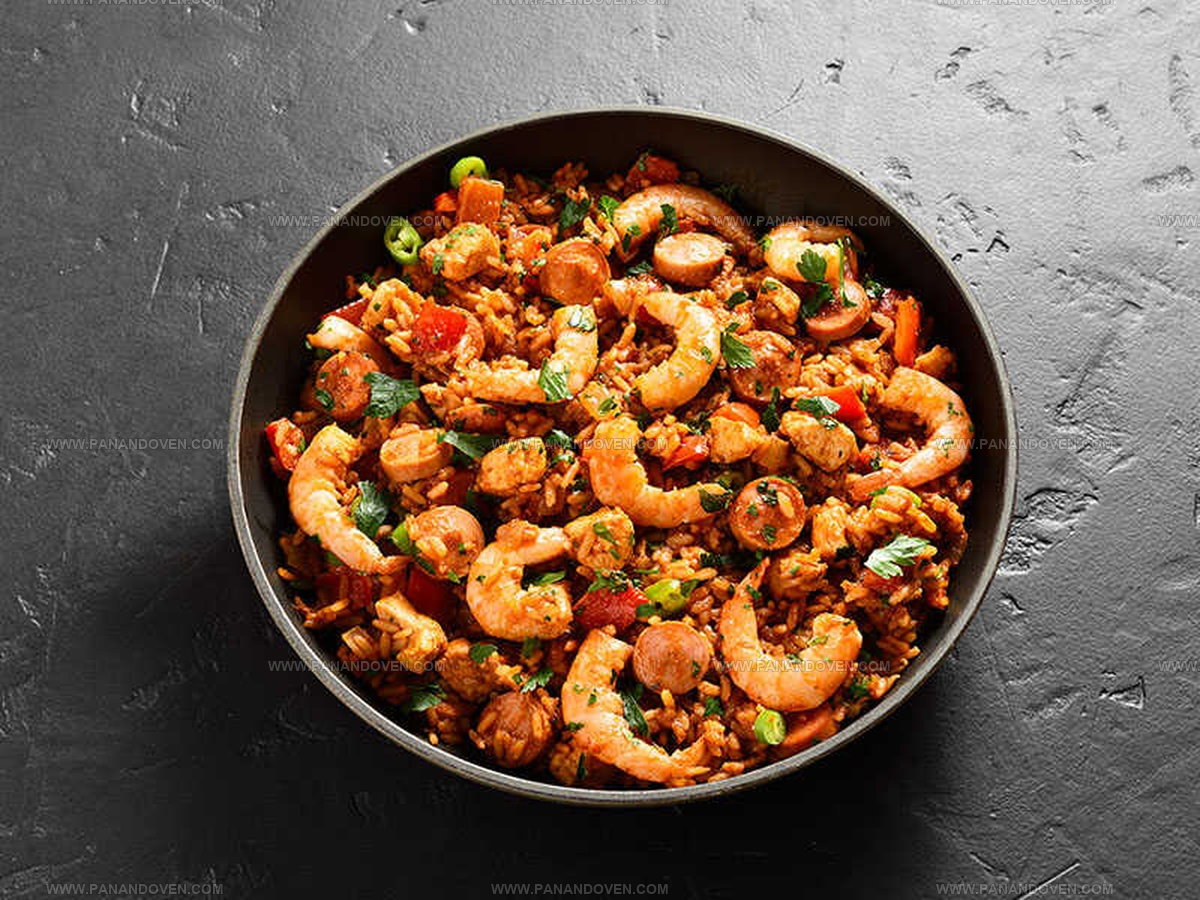
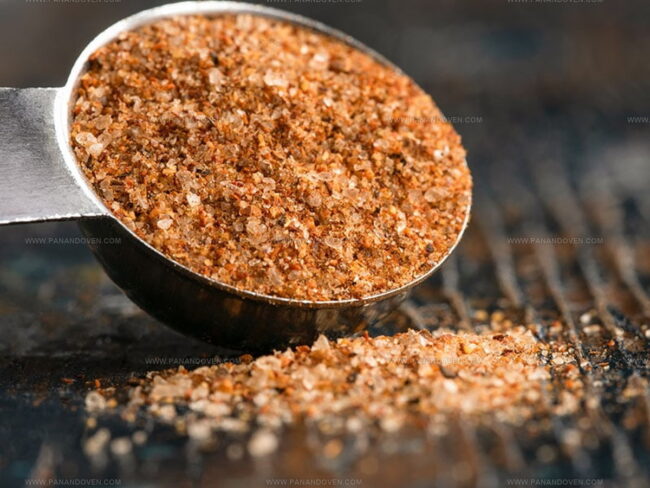
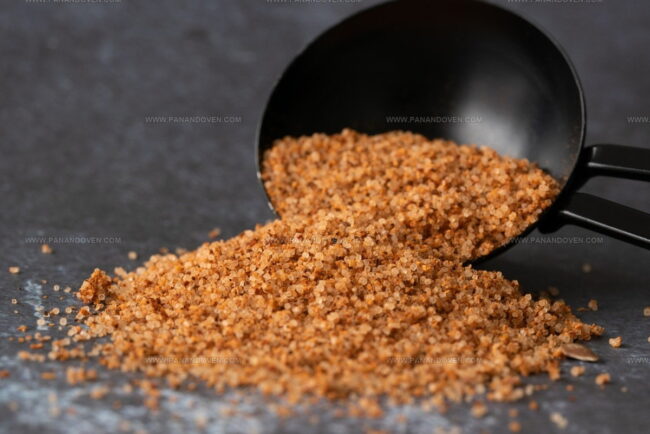
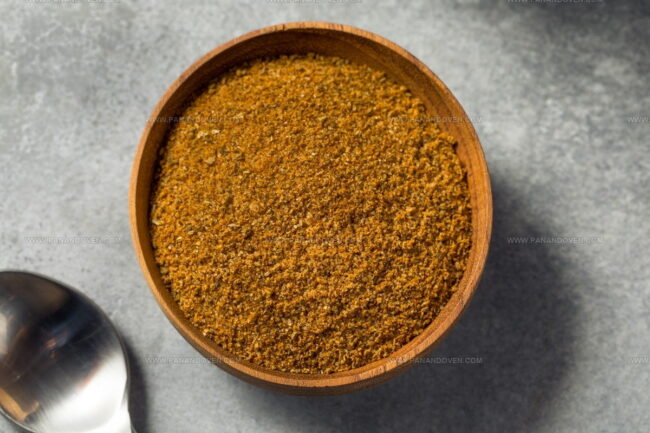
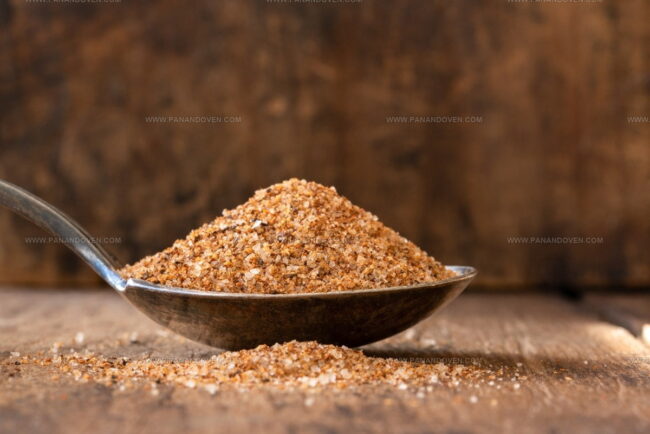
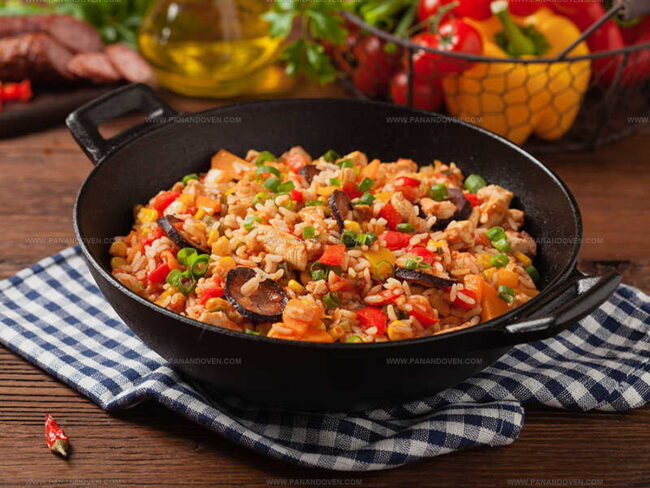
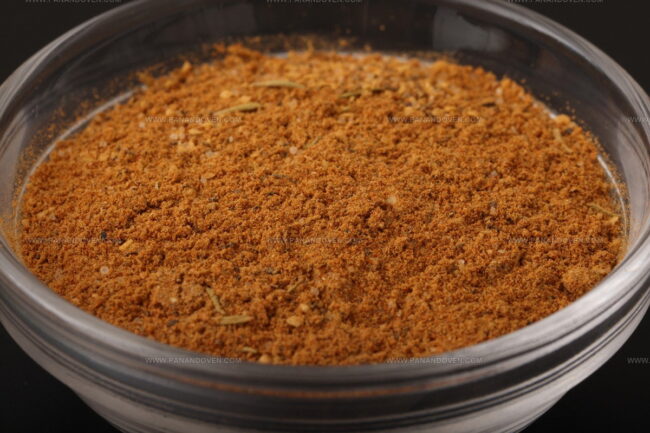
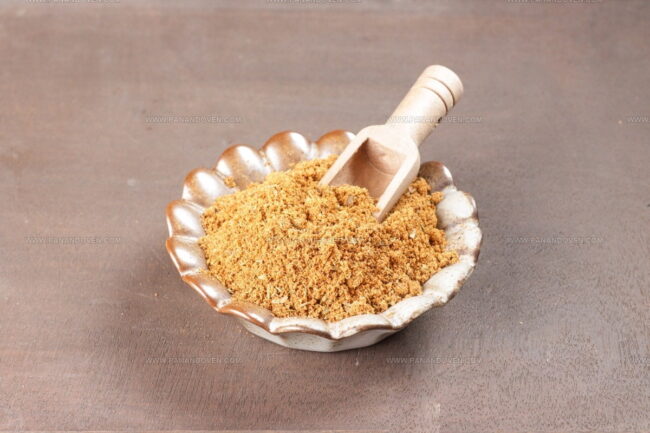
Marcus Reed
Founder & Food Content Creator
Expertise
Single-recipe development, Seasonal and local ingredient utilization, Food photography and styling, Culinary writing and content creation
Education
Culinary Arts Certificate, Blue Ridge Community and Technical College, WV
Focus: Fundamentals of culinary techniques, emphasizing hands-on experience in small-scale kitchen settings.
Marcus’s story begins in Asheville, where good food and family kitchens shaped his earliest memories. After hands-on culinary training and a lot of trial (and a little error), he realized that real cooking isn’t about perfection, it’s about connection.
At Pan and Oven, Marcus crafts recipes that are easy to follow, packed with flavor, and built for real kitchens.